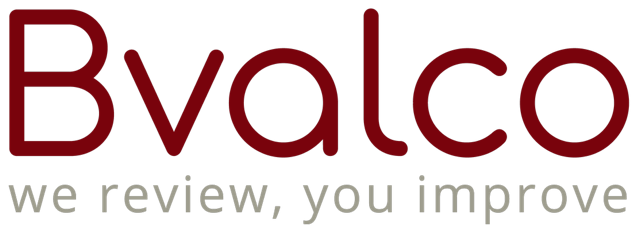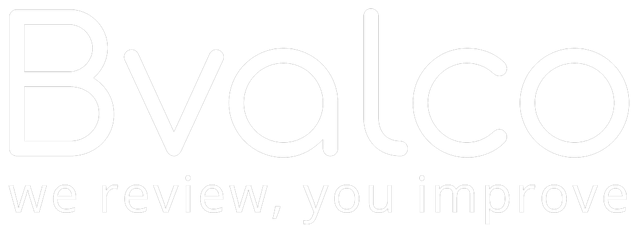Alison Gill is a behavioural psychologist, triple Olympian and the co-founder of Bvalco, a board evaluation consultancy focused on helping boards become fit for the future.

Every negative trend needs a point of crisis to drive real change. Could the productivity crisis be the tipping point needed to smash the glass ceiling?
Britain is the only large advanced economy likely to see a decline in productivity growth this year. Although the Bank of England governor has blamed this on Brexit, the current crisis started over ten years ago, with Britain now in its tenth year of feeble productivity growth.
While economists continue to puzzle over why greater employment and more people working longer hours is resulting in consistently less output per hour compared to all our major competitors, including the US, Germany and France, one thing is clear: companies with a significant number of senior female leaders are bucking the trend.
Companies in the top quartile for gender diversity are 15% more likely to outperform their industry peers. While further research shows that average employee productivity growth is higher for companies that employ three or more women at board level, compared to those that have just a single or no female directors.
All of which means companies with greater female representation at board level are not only able to generate higher levels of productivity and profits, as measured by returns on equity, but also higher dividend payouts to investors.
You would think that with results such as these, companies would be clamouring to realise the business benefits associated with greater female representation. Unfortunately, despite the growing body of evidence that gender-diverse boards lead to productivity gains, this is not an argument that can be won by logic alone.
Why boards don’t want more female directors
Despite the evidence of the business and productivity benefits that greater female representation at board level can generate, boards are failing to realise these benefits because there is a cognitive dissonance at play. Those in a position to allow more women to progress onto boards are either consciously, or unconsciously, blocking them because of deeply held beliefs that override the evidence before them.
Beliefs such as those recently expressed by FTSE 350 chairmen and CEOs to the Department for Business, Energy and Industrial Strategy, which included the notion that women are not able to understand the ‘extremely complex’ issues FTSE boards deal with and that most of them don’t want the ‘hassle or pressure’ of sitting on the board.
These views cannot be overcome with equality targets or data alone, not least because even though the FTSE 100 is on track to ensure that at least a third of their board members are women by 2020 , there is concern that these quotas are being filled by appointing female non-executive directors (NEDs) as ‘outsiders’ who can represent a ‘woman’s view’ without giving them any real input. Similarly, by bringing the heads of HR, communications, and other functions traditionally associated with women, into the board, without giving them a voice outside of their specialist areas.
Instead of ineffective gender targets, which are doing nothing to challenge the deeply held beliefs holding women back from attaining senior leadership positions, what’s needed now is a way of making the consequences of clinging to these views clear. That’s why the impact of the productivity crisis on business results might yet prove to be the tipping point that shatters the glass ceiling.
Challenging deeply held beliefs
Of all the beliefs holding women back, perhaps the most detrimental is the belief that women don’t really want the top roles, because they are too invested in their families.
Not only does this assumption have no basis in reality, with research
showing that individuals who identify highly with both work and family invest twice as much time in work (compared to a person who is highly identified only with one or the other). But the reality of motherhood and commitment are two different things. To suggest you can’t be committed to anything if you have any other priorities is simply confusing the issue. Many successful male board directors have many competing demands on their time, without these causing others to question their dedication in the way that the commitment of working mothers is constantly viewed with suspicion.
There are many high-performing women in the workplace who are discriminated against for working flexibly or part-time, even though the reality is that they have often learned to become more focused and effective than those who have the ‘luxury’ of working late, precisely because of this time constraint. In fact, a large study has found that women at work are 10% more productive than men , despite being paid 18% less.
That we currently have a situation whereby an individual working late every night is perceived to be a ‘better’ and more ‘committed’ employee, than someone who can get everything done to leave work at 3pm every day, goes a long way to explaining why the UK produces less by the end of Friday than all its major competitors can produce by Thursday.
Going forward, instead of assuming that women who have worked flexibly or part-time in the past must be uncommitted, and therefore unfit for the boardroom, directors must instead consider which business metrics are most appropriate for identifying high performers and consider whether or not the ability to adhere to a traditional working pattern is the most important criteria at a time when productivity and the ability to innovate and generate results are becoming increasingly important.
At the same time, instead of making assumptions about whether or not women want to be included in boards, directors must talk to individuals to find out what they actually want. They should also talk to their own families – because it’s often only once someone holding deeply held views realises the extent to which their loved ones are also affected, and wants their daughter or sister to have choices, instead of being subjected to bias, that they will be able to finally update their beliefs.
Setting meaningful targets
Only by creating diversity targets based on the business benefits that women can bring to boards, instead of viewing this as some kind of tick-box exercise, will organisations be able to see beyond the 33% representation target set by the Hampton-Alexander Review.
Critical amongst these targets must be realising the productivity gains that greater female representation at board level can achieve. Senior female leaders not only have a valuable role to play in making organisations more flexible, agile and productive. They can also do this in a way that can reduce the stress and anxiety issues that poor work-life balance and unhealthy working patterns have already resulted in. Poor wellbeing is another factor driving low levels of productivity, with a major study sponsored by Mercer finding that the healthiest workplaces are able to save 10.6 days of productive time per employee by improving the health of their workforce.
Essential to realising these benefits is not only recognising the extent to which greater female representation can help to achieve this, but also putting in place clear strategies outlining what values and behaviours are needed to deliver this change. These strategies should be based on organisational data, root-cause analysis and change mindset action plans, with feedback loops incorporated, rather than more assumptions and beliefs.
At the same time, anyone who continues to undermine the appointment of more women at board level, be this by creating insufficient solutions, failing to take action or scaremongering, must also be dealt with. Because changing a system of male-domination and a particular style of leadership and working that has persisted for centuries will inevitably leave some people feeling threatened.
As is so often the case, it is the role of the chairman to assess the extent to which deeply held beliefs towards women reside within themselves and the board in general, so that they can objectively challenge any outdated assumptions and take stock of the business benefits that can be realised. Only by focusing on these benefits can they unite the board in wanting to realise the productivity and wellbeing advantages that more female leaders now have an essential role to play in creating.
Share this article on LinkedIn!




